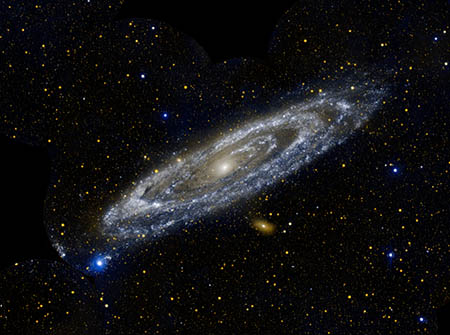Forty-five years ago today — May 18, 1968 — a Thor-Agena rocket launched from Vandenberg AFB, carrying the Nimbus-B satellite. Unfortunately, a problem with the launch vehicle’s guidance system caused the rocket to veer off-course, and it had to be destroyed by Range Safety.

(The Nimbus B RTG fuel containers on the seafloor. NASA image.)
Nimbus-B was a research-and-development weather satellite, with a number of instruments and experimental packages:
(1) a satellite infrared spectrometer (SIRS) for determining the [vertical] temperature profiles of the atmosphere,
(2) an infrared interferometer spectrometer (IRIS) for measuring the emission spectra of the earth-atmosphere system,
(3) both high- and medium-resolution infrared radiometers (HRIR and MRIR) for yielding information on the distribution and intensity of infrared radiation emitted and reflected by the earth and its atmosphere,
(4) a monitor of ultraviolet solar energy (MUSE) for detecting solar UV radiation,
(5) an image dissector camera system (IDCS) for providing daytime cloudcover pictures in both real-time mode, using the real-time transmission system (RTTS), and tape recorder mode, using the high data rate storage system (DHRSS),
(6) a radioisotope thermoelectric generator (RTG), SNAP-19, to assess the operational capability of radioisotope power for space applications, and
(7) an interrogation, recording, and location system (IRLS) designed to locate, interrogate, record, and retransmit meteorological data from remote collection stations.
When the spacecraft ended up the ocean, that item number 6 became a prime concern. But according to this page on radioisotope power systems, everything functioned as designed and the SNAP-19 generator’s plutonium fuel remained intact and protected. In fact, the plutonium was recovered from the ocean floor and eventually used to power the Nimbus-III satellite.
Finally, on a personal note, this reminds me of the loss of another rocket, 20 years ago this fall, for which I ran the maritime search-and-salvage operation. But that will be the subject of another post when its anniversary date rolls around.

















